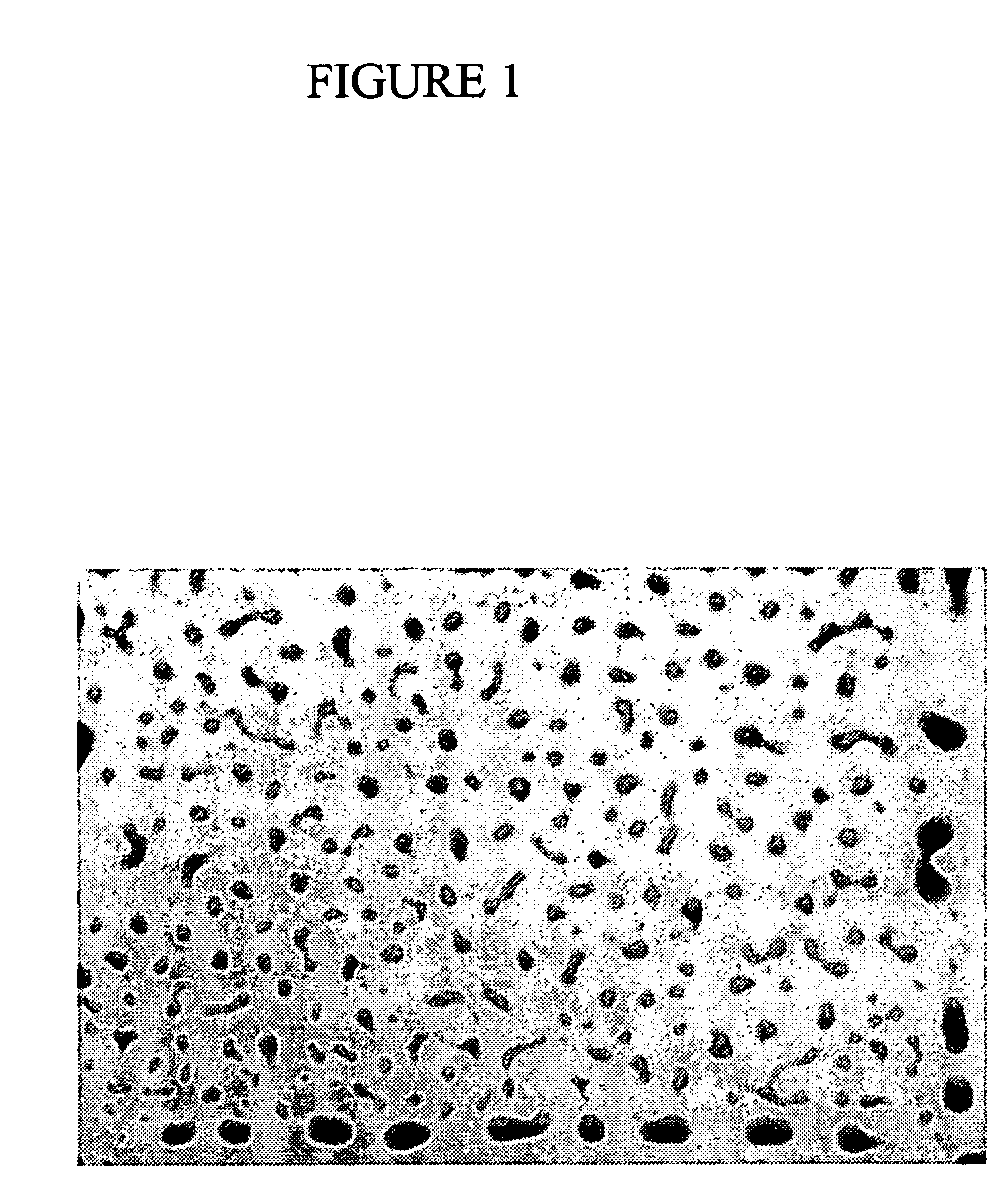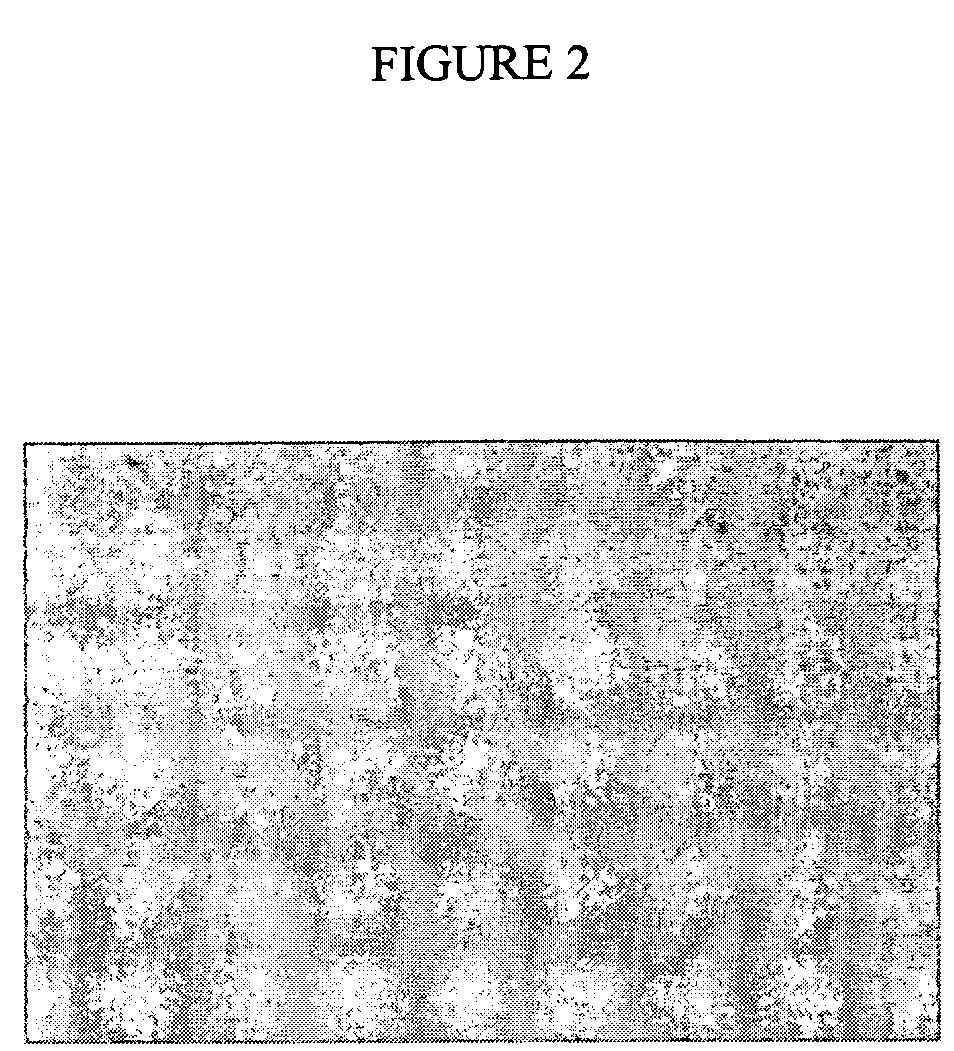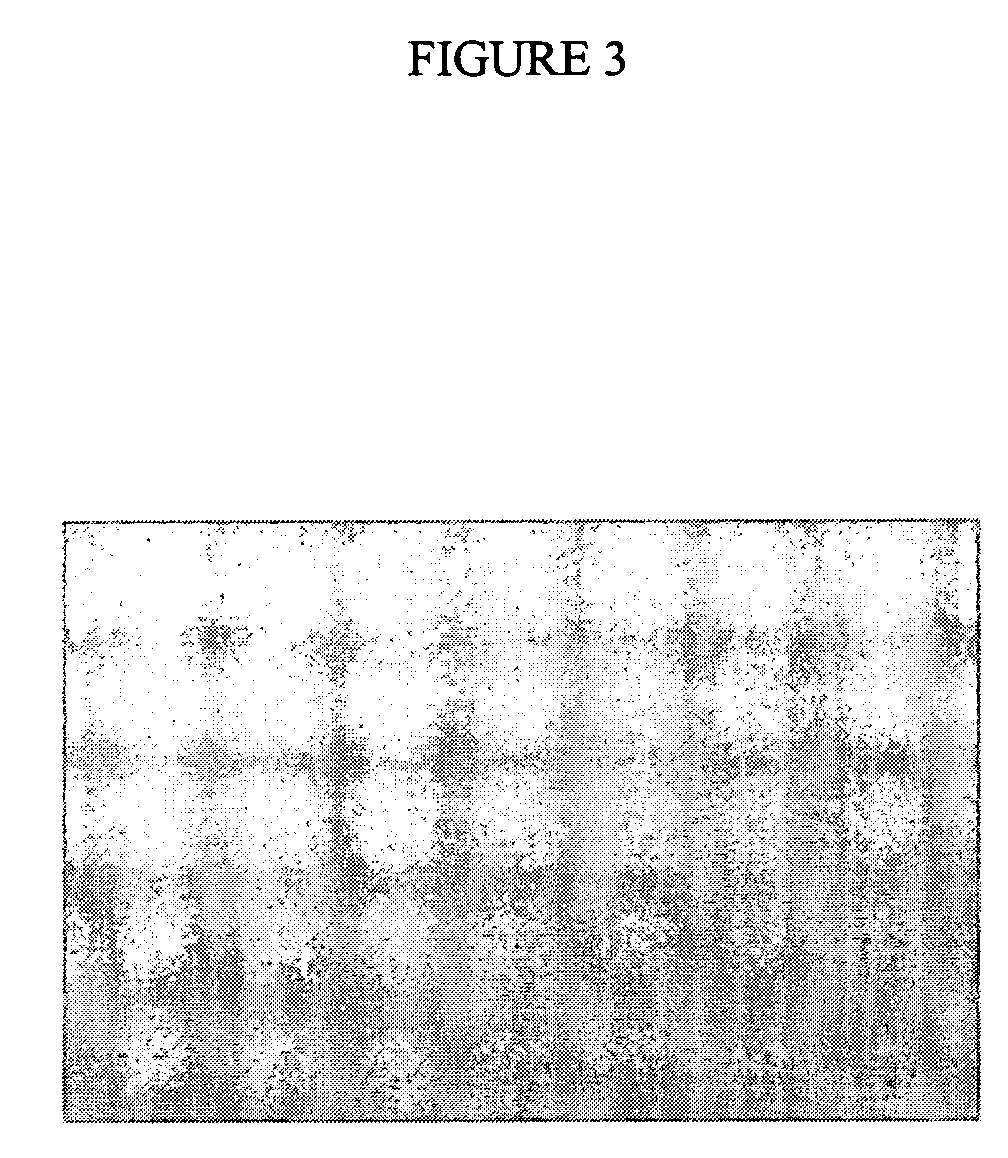Fluorine-free disiloxane surfactant compositions for use in coatings and printing ink compositions
a technology of disiloxane and composition, which is applied in the direction of inks, transportation and packaging, other chemical processes, etc., can solve the problems of adverse effects that exerted on other properties of coatings, the effect of increasing wetting, leveling and flow
- Summary
- Abstract
- Description
- Claims
- Application Information
AI Technical Summary
Benefits of technology
Problems solved by technology
Method used
Image
Examples
example 1
Intermediate Example 1
[0066]Intermediate Example 1 was prepared with 1-(2-trimethylsilylethyl)-1,1,3,3-tetramethyldisiloxane (See Structure 1). A 250 mL round bottom flask was charged with tetramethyldisiloxane (51.6 g) and Wilkinson's catalyst ((PPh3)3RhCl, 100 ppm), stirred under N2, and brought to 60° C. Trimethylvinylsilane (25.6 g) was charged to an addition funnel, added dropwise at a rate to maintain the reaction temperature R:MRMR. Resulting material distilled fractionally under vacuum (approx. 30 mm Hg) to yield 51.6 g M′MR product, 99.1% GC purity. This product was found to have an Si—H content of 96 cc H2 / g by gasiometric titration.
[0067]
example 2
Intermediate Example 2
[0068]Intermediate Example 2 was prepared with -(3,3-dimethylbutyl)-1,1,3,3-tetramethyldisiloxane (See Structure 2). A 250 mL round bottom flask was charged with tetramethyldisiloxane (46.1 g), and stirred under N2. A solution of Karstedt's catalyst (Pt(0) in divinyltetamethyldisiloxane, 10 ppm) in 3,3-dimethyl-1-butene (19.3 g) was charged to an addition funnel, and added dropwise at a rate to maintain the reaction temperature R product, and MRMR byproduct (32:53:9). Resulting material distilled fractionally under vacuum (approx. 30 mm Hg) using a 25-cm Vigreux column to yield 25.0 g M′MR product, >98.1% GC purity. This product was found to have an Si—H content of 100 cc H2 / g by gasiometric titration.
[0069]
example 3
Intermediate Example 3
[0070]Intermediate Example 3 was prepared with 1-(2-methylpropyl)-1,1,3,3-tetramethyldisiloxane (See Structure 3). An 80 mL Fischer-Porter high pressure bottle was charged with tetramethyldisiloxane (10.0 g), toluene (10.0 g) and Wilkinson's catalyst ((PPh3)3RhCl, 40 ppm), stirred and brought to 60° C. The bottle was attached to a manifold and pressurized with isobutylene (25 psig) and maintained at 60-70° C. for 8 h. The pressure was vented, and the reaction was sampled for GC analysis; found residual tetramethyldisiloxane, M′MR product and MRMR byproduct (2:95:3). The resulting material was stripped under vacuum (approx. 150 mm Hg) at 40° C. to remove olefin and M′M′, then filtered with Celite to yield 21.3 g M′MR product / toluene solution, 94% GC purity. This product was found to have an Si—H content of 11 cc H2 / g by gasiometric titration.
[0071]
PUM
| Property | Measurement | Unit |
|---|---|---|
| weight percent | aaaaa | aaaaa |
| weight percent | aaaaa | aaaaa |
| weight percent | aaaaa | aaaaa |
Abstract
Description
Claims
Application Information
 Login to View More
Login to View More - Generate Ideas
- Intellectual Property
- Life Sciences
- Materials
- Tech Scout
- Unparalleled Data Quality
- Higher Quality Content
- 60% Fewer Hallucinations
Browse by: Latest US Patents, China's latest patents, Technical Efficacy Thesaurus, Application Domain, Technology Topic, Popular Technical Reports.
© 2025 PatSnap. All rights reserved.Legal|Privacy policy|Modern Slavery Act Transparency Statement|Sitemap|About US| Contact US: help@patsnap.com



